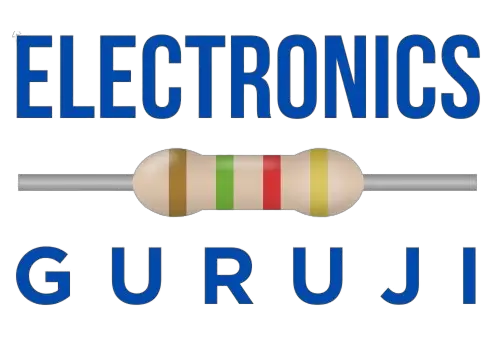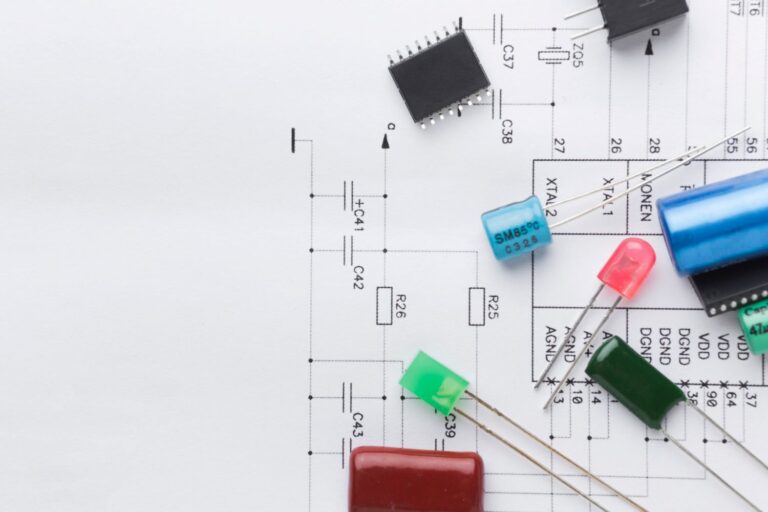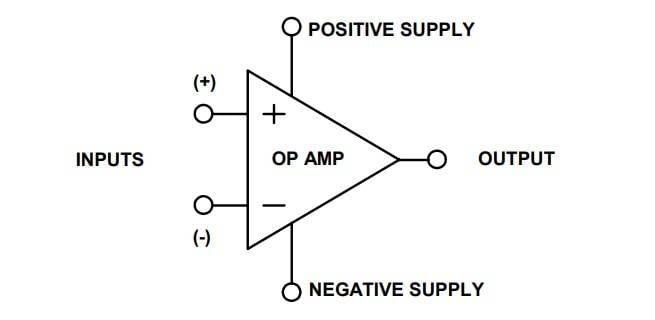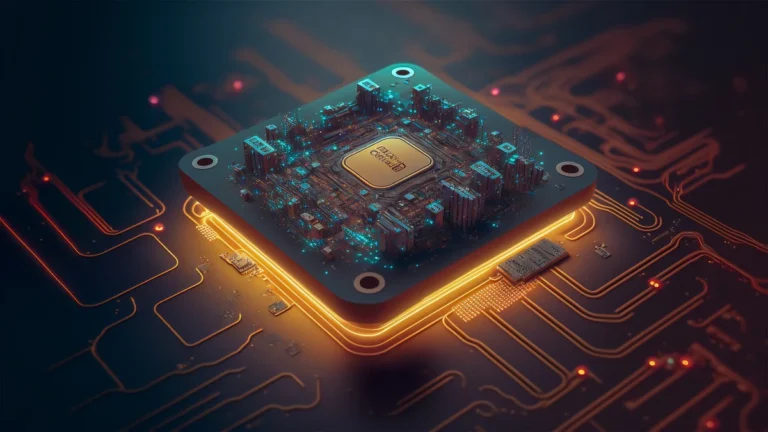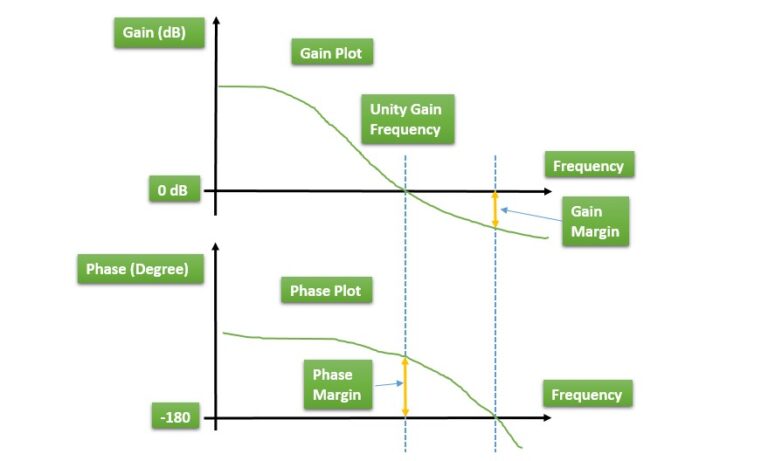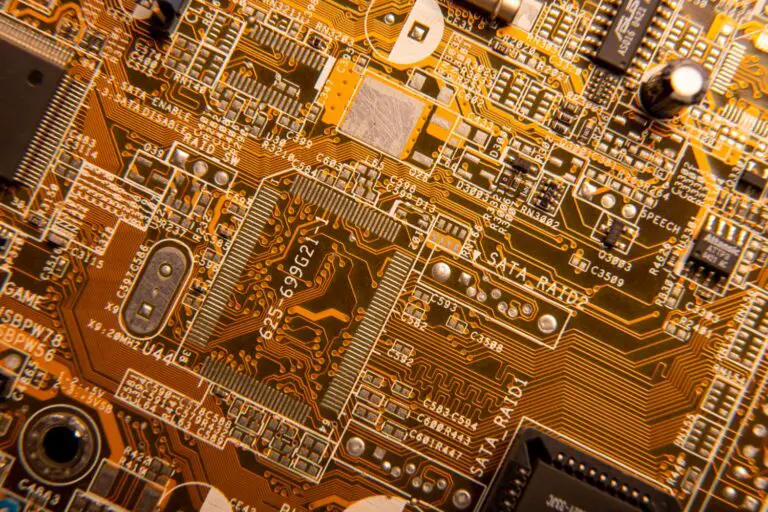Quality control (QC) in the electronics industry is the backbone of delivering reliable and high-performing products to consumers. In this fast-evolving world of gadgets, understanding the basics of quality control and its types is crucial. In this article, we will discuss about basics of quality control, its types and advantages in details.
The Basics of Quality Control in Electronics
Quality control in electronics begins with understanding industry standards. These standards act as a common language, ensuring that electronic products are not only innovative but also safe and reliable. The key components of quality control include inspection and testing—essentially making sure that each component fits perfectly, much like putting together a puzzle.
Types of Quality Control in Electronics
In-Process Quality Control (IPQC)
In-process quality control is like having a watchful eye during the manufacturing process. It involves real-time monitoring to catch any hiccups early on, ensuring that the end product is of top-notch quality.
Key Aspects of In-Process Quality Control (IPQC):
- Real-Time Monitoring: IPQC involves continuous monitoring of various production parameters and activities as they occur. This real-time scrutiny allows for immediate intervention if any deviations from quality standards are detected.
- Inspection of Key Components: IPQC pays special attention to critical components during the assembly process. This includes checking the dimensions, specifications, and functionality of key elements to ensure they meet the required standards.
- Functional Testing: Functional testing is a core element of IPQC. It involves testing the electronic products at different stages of assembly to ensure that each component functions as intended. This helps in identifying and rectifying any functional issues early in the process.
- Quality Checks at Critical Points: IPQC strategically places quality checks at critical points in the production line. This ensures that issues are caught early, preventing the propagation of defects throughout the manufacturing process.
- Data Collection and Analysis: IPQC involves the collection of data related to various production metrics. This data is then analyzed to identify patterns, trends, and potential areas for improvement in the manufacturing process.
Significance of In-Process Quality Control (IPQC):
- Early Detection of Defects: By monitoring the production process in real-time, IPQC enables the early detection of defects or deviations from quality standards. This early identification minimizes the impact of defects on the final product.
- Cost Reduction: IPQC contributes to cost reduction by preventing the production of defective units. Identifying and rectifying issues at an early stage avoids the need for extensive rework or scrapping of finished products, saving both time and resources.
- Enhanced Productivity: The continuous monitoring and intervention facilitated by IPQC contribute to a more efficient and streamlined production process. This enhanced productivity is crucial for meeting production targets and delivery deadlines.
- Consistency in Quality: IPQC ensures consistency in the quality of electronic products. By maintaining a stringent quality control regime throughout production, manufacturers can build a reputation for reliability and excellence.
- Continuous Improvement: The data collected and analyzed during IPQC provide valuable insights for continuous improvement. Manufacturers can use this information to refine processes, optimize workflows, and enhance overall production efficiency.
Inward/Incoming Quality Control (IQC)
Moving backward in the production chain, we encounter Inward Quality Control. This is like being a vigilant gatekeeper. IQC involves checking materials as they arrive, ensuring only high-quality components are used in manufacturing.
Key Aspects of Inward Quality Control (IQC):
- Material Inspection: IQC involves a meticulous examination of raw materials and components as they are received from suppliers. This includes a comprehensive assessment of the physical attributes, specifications, and conformity to predefined standards.
- Quality Assurance at Entry Point: Think of IQC as the first line of defense. It acts as a gatekeeper, ensuring that only materials meeting the desired quality criteria enter the manufacturing process. This preventive measure is fundamental to producing high-quality electronic products.
- Testing for Conformity: IQC goes beyond visual inspection; it often includes testing materials for specific characteristics. This could involve assessing the electrical properties, dimensions, or other critical parameters, depending on the nature of the materials.
- Rejecting Non-Conforming Materials: If any discrepancies or defects are identified during IQC, non-conforming materials are rejected. This proactive approach helps prevent substandard components from affecting the overall quality of the final product.
- Supplier Accountability: IQC fosters a strong relationship between manufacturers and suppliers. By holding suppliers accountable for delivering materials that meet the required standards, IQC contributes to building a reliable supply chain.
Significance of Inward Quality Control (IQC):
- Preventing Defects at the Source: IQC acts as a preventive measure, ensuring that defects or substandard materials are identified and addressed at the very beginning of the manufacturing process. This proactive approach minimizes the risk of defects in the final product.
- Cost Reduction: By detecting and rejecting non-conforming materials early on, IQC helps in avoiding the costs associated with manufacturing products that would later need to be scrapped or reworked due to quality issues.
- Enhancing Overall Product Quality: The meticulous scrutiny applied in IQC contributes to the overall quality of the final electronic product. It sets the foundation for a manufacturing process that prioritizes precision and reliability.
- Efficiency in Production: IQC streamlines the production process by ensuring that only high-quality materials are used. This efficiency is crucial for meeting production timelines and delivering products to the market promptly.
Final Quality Control (FQC)
FQC is the final quality control on product level before packaging. It is useful for making sure that the product you buy works flawlessly. FQC involves rigorous testing to ensure the functionality and overall quality of the end product.
Key Aspects of Final Quality Control (FQC):
- Comprehensive Functional Testing: FQC involves thorough functional testing of electronic products to ensure that all features and functionalities operate as intended. This testing covers a range of parameters, from basic functions to advanced capabilities.
- Visual Inspection: A detailed visual inspection is conducted during FQC to assess the physical appearance of the products. This includes checking for defects, imperfections, and adherence to design specifications.
- Performance Assessment: FQC evaluates the overall performance of electronic products, including factors such as speed, accuracy, and reliability. This ensures that the products not only meet functional requirements but also deliver optimal performance.
- Packaging and Presentation Checks: FQC extends beyond the product itself to inspect packaging and labeling. This step ensures that the products are appropriately packaged, preventing any damage during transportation and enhancing the overall presentation.
- Compliance Verification: FQC verifies whether the finished products adhere to industry standards, regulatory requirements, and any specific guidelines set by the manufacturer or customer. This step ensures that the products are in compliance with quality and safety standards.
- Random Sampling: In some cases, FQC involves random sampling of products from the production batch. This statistical approach ensures that the quality assessment is representative of the entire manufacturing run.
Significance of Final Quality Control (FQC):
- Customer Satisfaction: FQC plays a critical role in ensuring that customers receive electronic products that not only meet but exceed their expectations. Thorough testing and inspection during FQC contribute to customer satisfaction.
- Brand Credibility: Consistent adherence to high-quality standards through FQC enhances the credibility of the brand. Customers are more likely to trust and remain loyal to brands that consistently deliver reliable and well-checked products.
- Reduced Defects in the Market: FQC helps in reducing defects in the market by identifying and addressing any issues before products are released. This proactive approach minimizes the chances of defective products reaching consumers.
- Market Competitiveness: In a competitive electronics market, FQC gives companies a competitive edge. Products that undergo thorough final quality checks are more likely to stand out for their reliability, performance, and adherence to quality standards.
Outward Quality Control (OQC)
The last checkpoint before a product reaches consumers is Outward Quality Control. OQC ensures that the finished products leaving the manufacturing facility meet the required standards and specifications before reaching the hands of consumers.
Key Aspects of Outward Quality Control (OQC):
- Product Inspection: OQC involves a meticulous examination of the finished products. This includes a comprehensive inspection of the product’s physical attributes, overall quality, and adherence to design specifications.
- Functional Verification: While the primary focus is on appearance, OQC also includes a functional check to verify that the products operate as intended. This ensures that the functionality meets the expected standards before reaching consumers.
- Packaging Assessment: OQC extends beyond the product itself to inspect packaging and labeling. This step ensures that the products are well-packaged, preventing any damage during transportation and enhancing the overall presentation.
- Labeling and Documentation Checks: OQC includes verifying that the products have the correct labels and necessary documentation. This is essential for compliance with regulatory requirements and providing consumers with accurate product information.
- Random Sampling: In some instances, OQC involves random sampling of products from the production batch. This statistical approach ensures that the quality assessment is representative of the entire manufacturing run.
Significance of Outward Quality Control (OQC):
- Customer Satisfaction: OQC plays a crucial role in ensuring that customers receive electronic products that not only meet functional requirements but also have a polished appearance. This contributes to overall customer satisfaction.
- Brand Image: The outward presentation of products is a reflection of the brand’s commitment to quality. OQC helps in maintaining a positive brand image by ensuring that products leaving the facility are of the highest quality.
- Preventing Defective Products in the Market: By conducting a thorough inspection before products leave the manufacturing facility, OQC helps in preventing defective or subpar products from reaching the market. This proactive measure reduces the likelihood of returns and warranty claims.
- Market Competitiveness: In a competitive electronics market, products that undergo rigorous OQC stand out for their reliability and aesthetic appeal. This enhances the market competitiveness of the brand.
Global Standards in Electronics QC
ISO 9001 serves as a gold standard, providing a comprehensive framework for companies to manage their quality effectively. IPC standards, specific to electronics manufacturing, offer detailed guidelines ensuring reliable electronic assemblies. Additionally, adherence to RoHS (Restriction of Hazardous Substances) compliance ensures that the electronics we use are environmentally friendly.
Importance of Quality Control
In consumer electronics, the impact of quality control is profound. It builds trust between consumers and brands, ensuring that the smartphone or gadget you purchase is not just a device but a reliable companion. In electronic components manufacturing, quality control guarantees that the heart of your devices, such as microchips and circuits, is crafted with precision, ensuring high performance.
Challenges in Implemention
Implementing quality control in the electronics industry comes with challenges. Rapid technological changes require constant adaptation, complex supply chains need careful management, and adherence to stringent regulatory compliance is a must.
Advantages of Effective QC
The efforts put into effective quality control translate into enhanced product reliability. Fewer warranty claims arise, and companies that consistently deliver reliable products gain a competitive edge in the market. Consumers trust brands that prioritize quality, leading to increased market share and customer loyalty.
Conclusion
Quality control in the electronics industry is the silent hero ensuring that your devices work seamlessly. It goes beyond rules and checks; it’s about making sure your gadgets are trustworthy. So, the next time you pick up a new electronic device, remember the meticulous processes in place to make sure it’s just right.
FAQs
What is Inward Quality Control (IQC) in electronics?
IQC involves checking materials as they arrive, ensuring only high-quality components are used in manufacturing.
Why are standards important in the electronics industry?
Standards act as common rules that ensure electronic products are safe, reliable, and meet industry-wide expectations.
How does quality control impact consumer electronics?
Quality control ensures that consumer electronics, like smartphones, are reliable and meet specific standards, building trust among consumers.
What challenges do electronics manufacturers face in implementing quality control?
Challenges include keeping up with rapid technological changes, managing complex supply chains, and adhering to strict regulatory compliance.
How does effective quality control give companies a competitive edge in the electronics market?
Companies that consistently deliver reliable products through effective quality control gain a competitive edge as consumers trust their brand for high-quality electronics.
